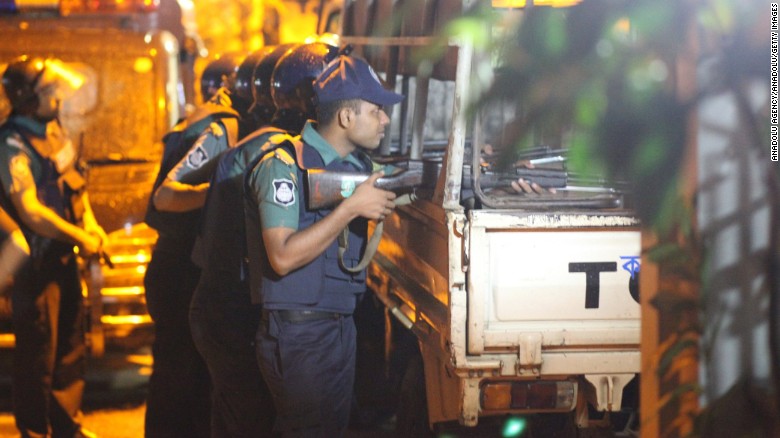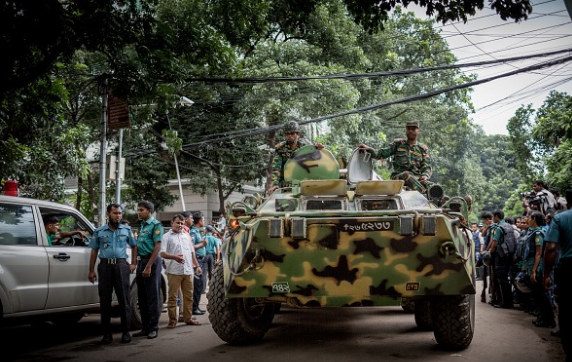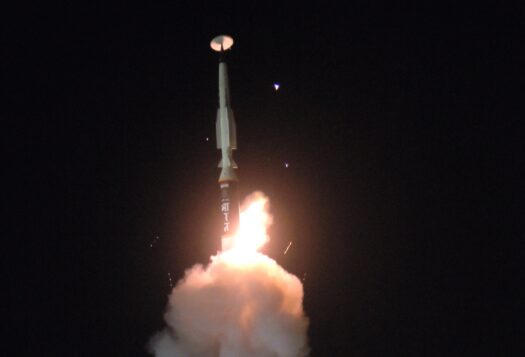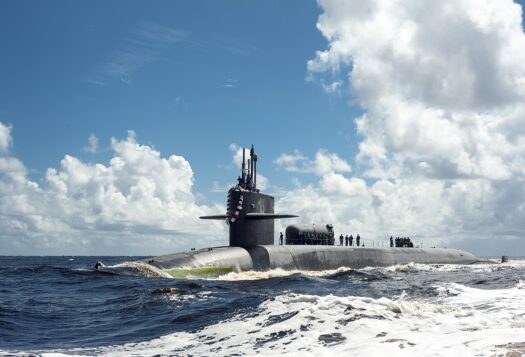
This month’s ISIS-inspired siege of a restaurant in Dhaka, Bangladesh is an example of the emerging phenomenon of global urban insurgency. The terrorist attack on the airport of Istanbul and last year’s Paris attacks demonstrate how “soft targets” in urban environments are difficult to protect. In 1962, President John F. Kennedy summed up a battle shift towards urban insurgency in the following manner:
This is another type of war, new in its intensity, ancient in its origins—war by guerrillas, subversives, insurgents, assassins; war by ambush instead of by combat; by infiltration, instead of aggression, seeking victory by eroding and exhausting the enemy instead of engaging him…It requires in those situations where we must counter it…a whole new kind of strategy, a wholly different kind of force, and therefore a new and wholly different kind of military training.
A new chapter of conflict is being written in history. The rapidly growing pace and range of urbanization is leading to striking shifts in demographics, with 54 percent of the world’s population living in cities, according to a 2014 projection. Some security experts are of the view that the self-styled ‘feral cities’ along with rambling slums serve as a foundation for initiation of national unrest, civil clashes, and urban insurgency. While in the 21st century cities lead the way for sustainable development, security, and stability, not all cities around the world are moving in this direction.
Recent control of fragile cities in the Middle East, especially those in Iraq and Syria, by ISIS is illustrative of terrorist organizations advancing on approaches taken up historically by insurgents. Attacks inside Turkey, Saudi Arabia, and Israel during 2015 were the result of insurgent cellular structures and organizations becoming active in cities, while tactics of guerrilla warfare taken up by ISIS in Iraq all specify patterns of insurgency becoming global and urban in nature.
Bard E. O’Neill defines insurgency as “[a] struggle between a non-ruling group and the ruling authorities in which the non-ruling group consciously uses political resources (e.g. organizational expertise, propaganda and demonstrations) and violence to destroy, reformulate, or sustain the basis of legitimacy of one or more aspects of politics.” The recent trend towards urbanization, globalization, and the spread of revolutionary information predisposes countries to experience insurgencies in the urban environment of cities. Much of the population being based in the urban areas gives rise to outsized slums and the growth of regions where crimes and violence prosper. Insurgents are provided with a concentrated population pool and greater capacity for hiding.
The NATO report, Future Trends in Insurgency and Countering Strategies, assesses possible drivers and outcomes constitute the changing nature of insurgency. Among these catalysts are concerns of urbanization, demography, state capability, climate change, economic strategic shocks, religious injustice, and global economic takeoffs. The outcomes of these concerns include urban terrorism, urban and criminal insurgency, revolutionary actions, and civil wars. The report concludes that in the future, urban centers will most likely become the arena for battling insurgents. Deductions from the report conclude that societies which are urbanized, peripheral or have intricate terrains like protected houses, networked affiliates or allies, local knowledge and the ability to conceal within the population allows these insurgents to prepare, strike and return safely in the urban operational environment. Grounded as religious or economic insurgencies, it is almost assured that these conflicts will arise in the shortest and medium tenure (2020-2035) in the Middle East, North Africa, and South Asia.
In today’s world, urban insurgency presents an enhanced model of conflict. Countering this nature of insurgency will require an approach based on a strategy comprised of political solutions and maintained by civil-military lines of operation where needed. “In order to effectively combat challenges in urban environments, counterinsurgency strategies in South Asia and beyond should follow these guidelines:
1. Incumbent governments must propose plans through which movements and activities of insurgents can be detected inside a city, before hostile action occurs.
2. If activities of an insurgency become evident in an urban setting, its relative level of violence needs to be considered. It ought to be countered effectively since cells of insurgents in the city can efficiently re-infect other parts of the country.
3. The strategy of counterinsurgency needs to identify insurgents’ political movements and eliminate the political roots of the group.
4. The policy of countering insurgency must reflect the themes of communication responsive to local, regional, national and international considerations.
5. Counterinsurgent forces need to remove insurgents encroaching on the city. Their monetary, organizational, political and communication roots should be eradicated.
6. Counter-insurgents must isolate urban insurgents from the rest of the country and non-insurgent population.
7. Operations must be centralized with control and protection for the population.
8. Authority needs not be abused and unlawful violence via security forces should be curtailed.
***
Image 1: Anadolu Agency, Getty
Image 2: NurPhoto, Getty



